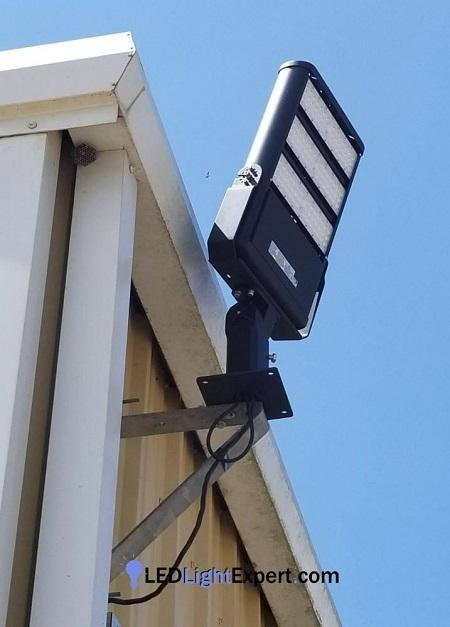LED Light Bulbs and Their Distinct Benefits.
Nowadays, many people are replacing their outdated incandescent, halogen, and compact fluorescent (CFL) light bulbs with Light-emitting Diode bulbs, but what are the advantages of making this change? Undoubtedly, there are endless benefits that include increased energy efficiency, lower electric bills, a longer bulb life, and a better and safer light source overall.
Today, electric light is undergoing a major uprising as the LED bulb has begun to reinstate the incandescent bulb in homes and other spaces, both indoors and outdoors.
LED bulbs were structured as a more energy-efficient light source, using a semiconductor to change electricity into light. San Diego Led Lighting to use their energy much more efficiently than other kinds of bulbs producing light up to 90% more efficiently than incandescent light bulbs and 80% more efficient than CFLs. This is due in part to the fact that LED bulbs need much less wattage than incandescent bulbs.
Like other new technologies introduced to the market before it, LED bulbs were expensive, but they have since reduced in cost by over 80%; however, certain consumers are still hesitant to try LED bulbs due to the higher upfront cost than conventional light bulbs. An average incandescent bulb nearly cost half the price of an LED bulb at the store, that similar incandescent bulb would cost approximately five times as much as an LED to use each month. Monthly expenses added to a consumer’s power consumption bills can be diminished easily by switching to LED.
Another cost savings accrued with LED is the longevity of the light bulb. Unlike conventionally used incandescent or CFLs, LED bulbs do not essentially burn out completely as a substitute, they merely lose their glow slightly over time. LED bulbs even use a futuristic kind of thermal management to make sure they last for a particular amount of time. Though it is suggested to replace the bulbs when they are at 30% of their original glow, consumers could use them even longer. This longer lifespan improves cost savings for consumers and also helps the surroundings through increased energy efficiency.
LED bulbs also let for overall improved quality of light, as they create a more focused glow than fluorescent and incandescent lights allowing people to use fewer light bulbs than they would need with traditional bulbs. In recent surveys it shows that fewer bulbs reduce energy consumption and carbon emissions like LEDs as these bulbs also do not have any chemical ingredients, they are also better for the atmosphere, and for the people who use them. Particularly, fluorescent light strips, are much worse for humans and the atmosphere; they have mercury and other chemicals that sit in landfills after use. The long exposure to fluorescent lights also cause many people to deal with headaches and eye discomfort, neither of which is linked with cleaner, smarter led strip light.
So while Motion Sensor Warehouse Lights may have a more costly upfront price, the long-term benefits are more important than the short-term sticker shock. Instead of paying for more light bulbs over time that unproductively uses energy, you can buy one and forget about it getting better light and using it more efficiently.
Current technological advancements have led to medical procedures being quite sophisticated. However, they have also permitted healthcare providers to produce environments where these actions may be performed with greater accuracy and ease. One of these developments has been the updated lighting sources, which is particularly critical to the procedures relating to dermatology. For a long, floodlights are considered a prime light source for many reasons, contributing to optimal operator performance while dermatology and other medical procedures.
The light produced by LED bulbs is cooler - The employment of such cooler LED bulbs diminishes patient burns that were caused by halogen bulbs in medical procedures.
The light from LED bulbs is of high quality - Significantly, a good lighting source like an LED bulb is selected for dermatological procedures as these processes involve precise tissue rendition.
The light given out by LED bulbs is a truer white - logically, halogen bulbs create yellow light. though coatings and filters may be used to modify the lighting, a truer light is still hard to produce with halogen bulbs.
LED bulbs last long - LED bulbs last far longer than halogen bulbs, requiring a greater initial investment but this pay off over time.
LED bulbs decrease the operating cost - LED lights use half the electricity of their predecessor. This reduced energy use offers a ton of operational savings to the medical facility.

Comments
Post a Comment